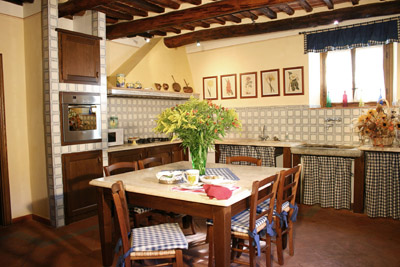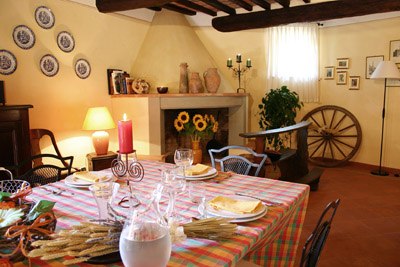
Ok, we admit it, this is a girly article.
We’re talking shoes gorgeus colourful stunning shoes. A whole museum of them in fact. If you haven’t already visited the Museo Salvatore Ferragamo, add it now to your list of things to see in Florence. It’s a blissful way to spend an hour or two.
First, there’s the building. Palazzo Spini Feroni is a handsome 13 th century palazzo, which lies a few steps from Ponte Santa Trinità, the bridge over the Arno where Dante is said to have first set eyes on Beatrice (the building indeed houses the well named in her hnour, the Pozzo di Beatrice).
For over 70 years now the Palazzo has been the headquarter and flagship store of the shoemakers Salvatore Ferragamo.
The museum is on the lower floor, below street level, a tranquil refuge from the noise of modern Florence. You enter from the Piazza Santa Trinità the column of Giustizia in the centre facing down Via Tornabuoni and its designer shops.
Immediatly there is an aura of effortless style – cool music, carefully modulated ligthting. The first section of the museum introduces us to the man himself, Salvatore Ferragamo. Born in 1898 in the small town of Bonito about 100 kilometres east of Naples, Ferragamo emigrated to United States in 1914.
He seems always to have known where is talents lay saying, “I was born to be a shoemaker”. His arrival in California coincided with the early heady days of the film industry, and it wasn’t long before he had opened the Hollywood Boot Shop (great name).
By the time he returned to Italy in 1927 and settled in Florence, his reputation as shoemaker to the stars was already established and was to continue throughout his life. It was a reputation based on shoes which were beautiful, exquisitely made, and comfortable.
They were also famously light, as shown by photograph of a Ferragamo shoe with a 130 gm weight added to the scales to make it balance with an “ordinary” shoe.
We see photographs of Salvatore Ferragamo at shoe fittings with famous film stars of the 1930s, ’40s and ’50s, and bringing the link with showbiz up to date, another room is also showing a short documentary on the making of the recent film “Australia” the Ferragamo company made all Nicole Kidman’s shoes for the film. Other displays feature extracts from the Hollywood shop’s order book, a mock workshop showing the shoe-making process, with the lasts made for famous wearers, and orginal sketches and artwork used for advertising campaigns.
But the real stars are the shoes. On display at any time are hundreds of shoes from the museum’s permanent collection of over 10,000, documenting Ferragamo’s career up to his death in 1960, and beyond.
Almost a century of history told by foot wear. And what shoes! Sandals, court, shoes, wedges, ballerina shoes, ankle boots, lacing shoes, shoes with high heels, shoes with low heels, all of exquisite workman ship. And shoes in every material imaginable – not only in calf, suede, snakeskin and kid, but also in cork, satin, straw, glass, and even a pair of high-heeled sandals in 18 ct gold made for a wife of an ( unnamed) Australian tycoon.
Museo Salvatore Ferragamo is open every day except Tuesday.
Disabled access. Entrance euro 5,00.
Proceeds from admission and gift sales support young shoe designers. Book if visiting in group of 10 or more.
www.museoferragamo.it – Telephone: +39 055 3360455/456





